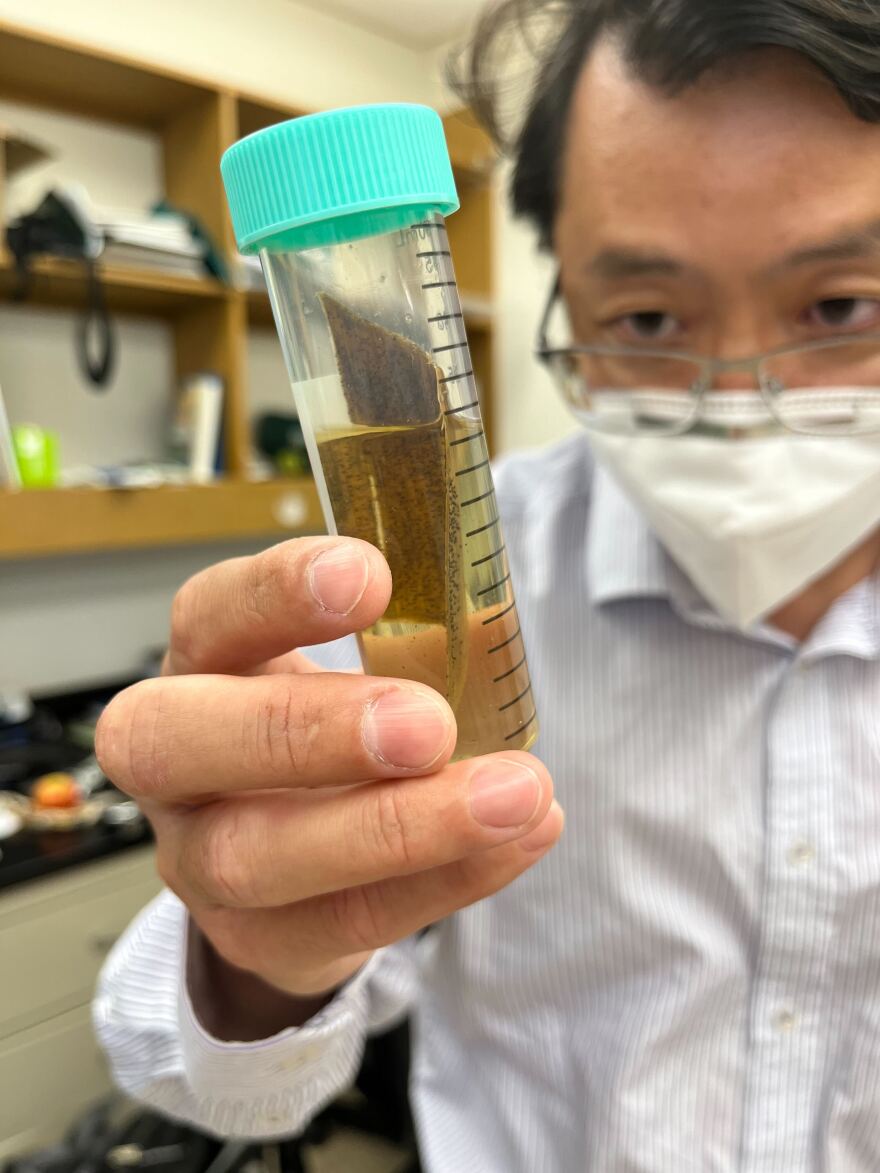An invasive insect is harming the Indigenous hala tree across Oʻahu. The hala scale infestations become so widespread on the island that the Department of Agriculture is no longer keeping track of its whereabouts.
Plant pest control officials say removal and treatment can help, but a more sustainable and cost-effective solution would be to find a natural enemy that will feed on this insect.
University of Hawaiʻi entomology professor Zhiqiang Cheng has been at the forefront of hala scale research. Now he wants to go to Southeast Asia to find biological control agents or natural enemies.

"We're talking about Singapore, Thailand, Indonesia, Malaysia, essentially Southeast Asia. There, hala scale is not a major pest because there are natural enemies, biocontrol agents to keep them in check. So that’s the idea, we want to hopefully make use of those," Cheng said.
Cheng says the key is to ensure the biocontrol agent is very specific to the pest. He says regulations for bringing biocontrol agents to Hawaiʻi are much more strict than U.S. policies.
But Mason Russo says it’s more complicated. He’s an entomology Ph.D. student at UH Mānoa.
"In Thailand, you’ll see hala scale on the leaves with maybe 10% coverage. Here you'll see 80% to 90% of the leaf is covered. So we're not going to say biological control eliminates the insect, but it maintains it at a threshold where it's not ecologically damaging," Russo told HPR.
The hala scale was first seen in Hāna, Maui in 1995. This tiny insect sucks all of the nutrients from the leaves of the hala tree, and if left untreated, the entire tree dies along with it.

Russo’s research focuses on whether hala forests can regrow after being infested by the hala scale. He says the literature suggests there will be no regrowth, that forests will be gone forever.
"So we're going to go around and compare the current status of forests on islands with hala scale in Molokaʻi and Maui and islands without on Hawaiʻi Island and Kauaʻi. And we're going to evaluate all the life stages of the forest," Russo said.
Russo hopes the literature is wrong and the forests can regrow to some extent. But if it is true, he says the priority for biological control may be even greater.





